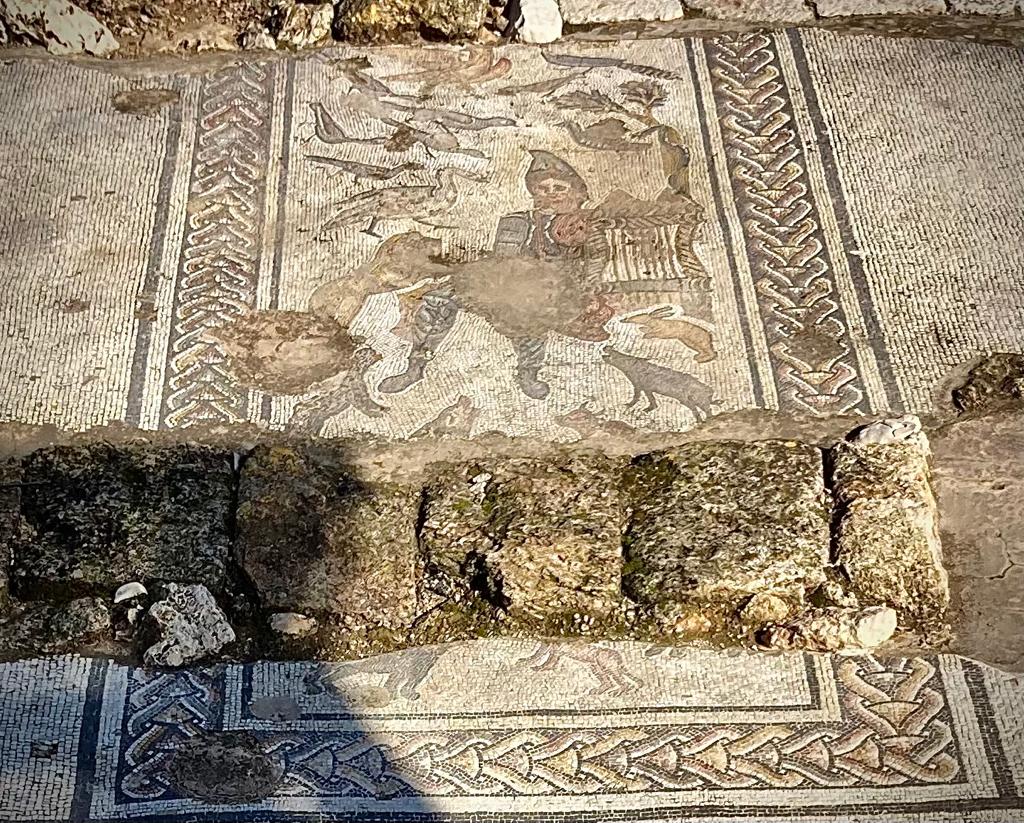Nomi Schneck, visiting PhD candidate, reporting

My project explores the placement of visual stories on Late Antique mosaic floors. The combined factors of orientation, order, visual details, inscriptions, and monumental placement contribute to an understanding of what type of story is told in a particular space and how that story, embedded in the floor, invites engagement for those who walked through the room to pray, relax, debate, or conduct business. The narrative mosaics of Sepphoris serve as the backbone for my assessment of the triangular relationship between image, space, and viewer to form the mosaic-story. Building off of scholarship that has analyzed the archaeological data of the urban site and asked art historical questions relating to the iconography and models of the visual program, I consider how the images may be understood in a spatial context, starting from the specific monuments, to the urban fabric of the city, and to the broader context of late antique Mediterranean visual culture. As a multicultural urban hub located in the lower Galilee region of northern Palestine that transitioned and flourished from the classical era to the rise of Islam and housed Jewish, pagan, and Christian populations, Sepphoris’s mosaic remains from public and private sites are an opportunity to test how the visual material functions within different buildings for different communities in a diverse Late Antique city. Through a close study of the figurative programs at Sepphoris, I argue that the mosaic-story is an interactive form of storytelling combining the visual and kinetic modes.

